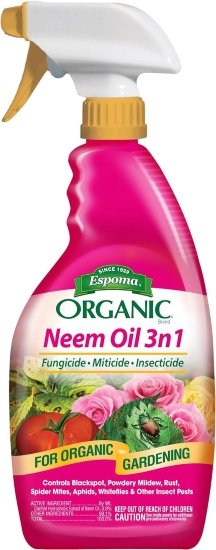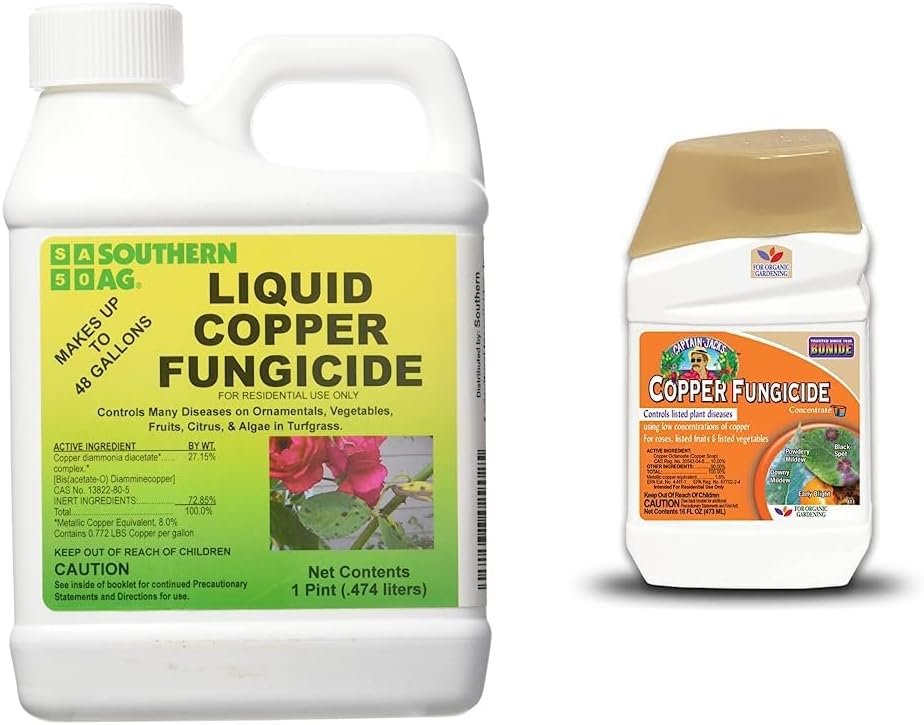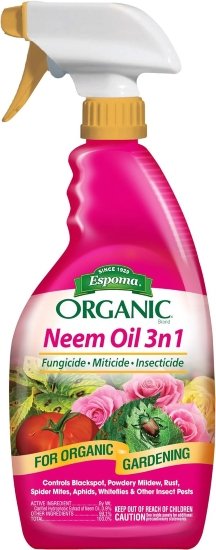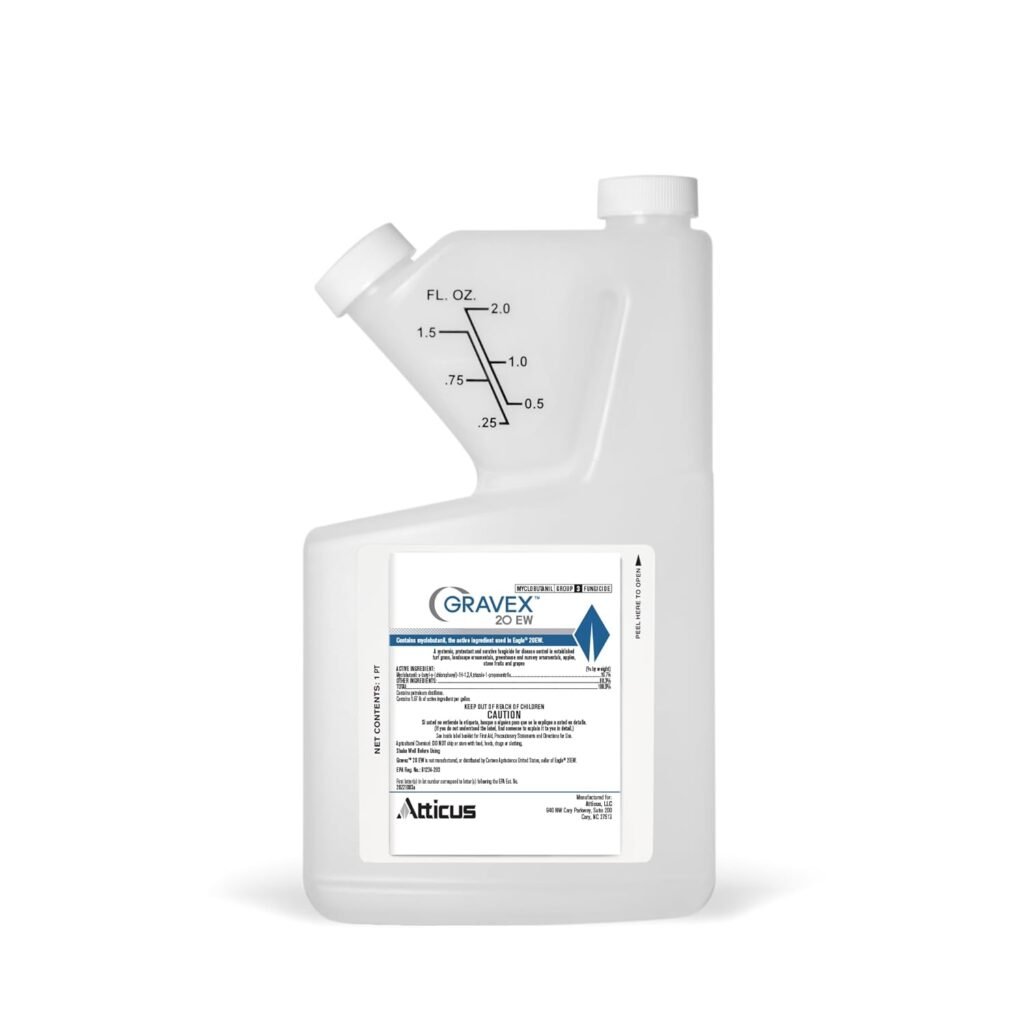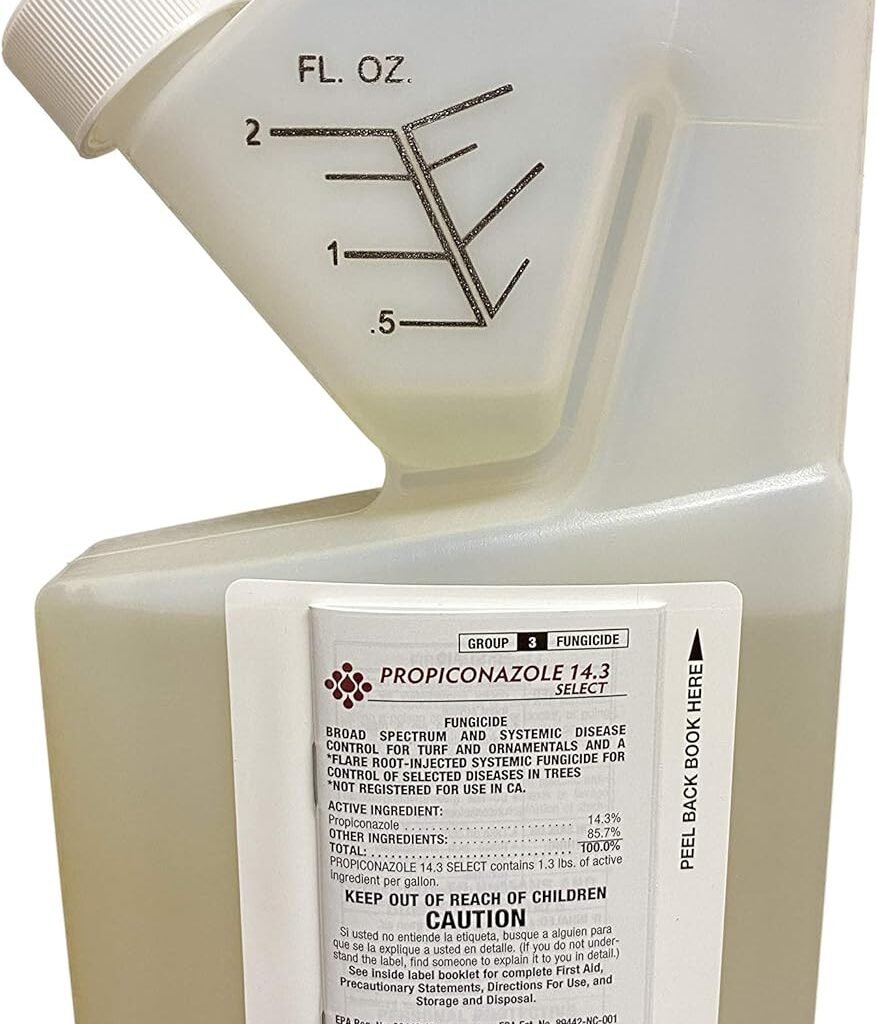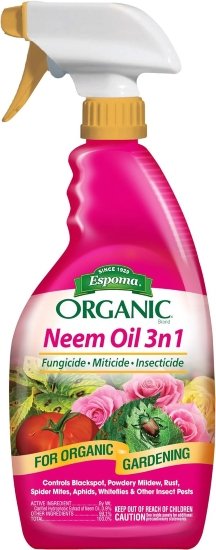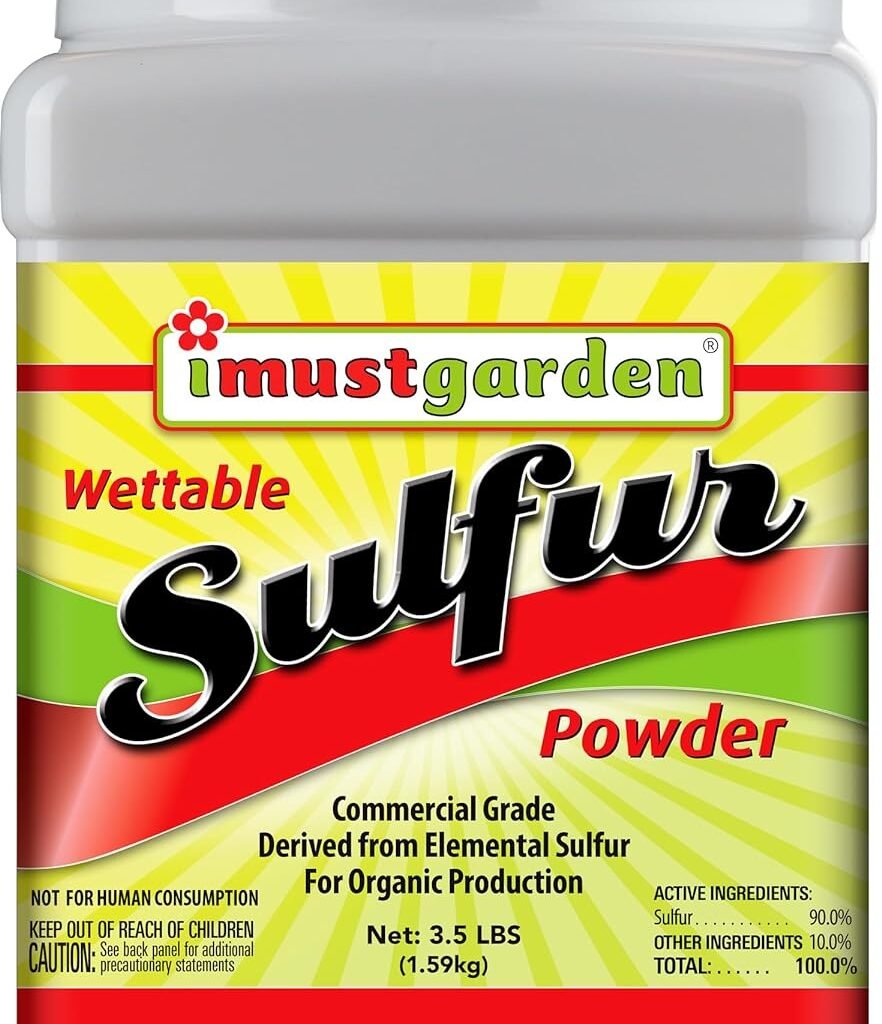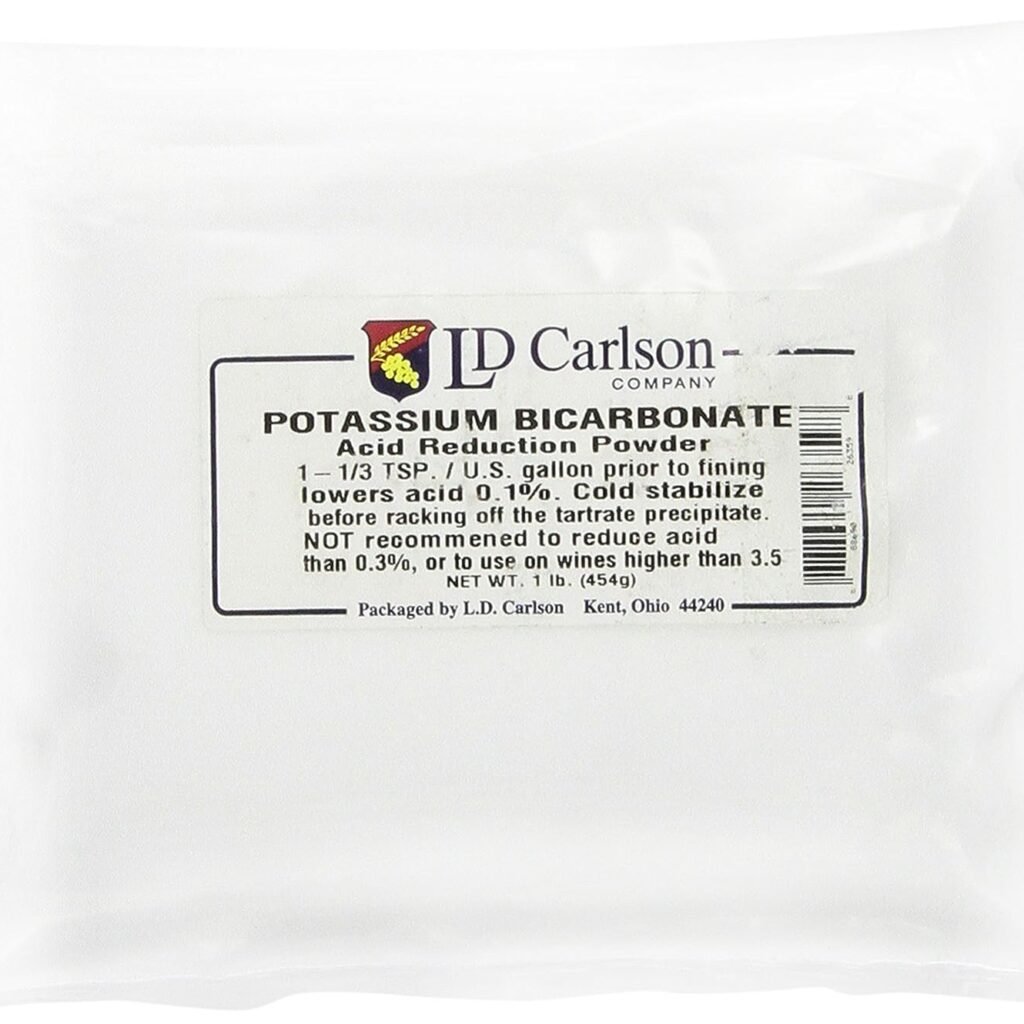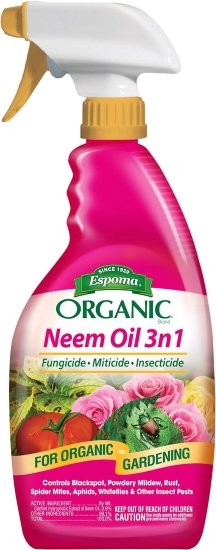Long beans, also known as yardlong beans or asparagus beans, are generally resilient plants, but they can still fall victim to a range of diseases. Recognizing the symptoms early and understanding the causes can help in effectively treating and preventing these diseases. This guide outlines the common diseases affecting long beans, their symptoms, causes, cures, and preventive measures.
1. Anthracnose
Symptoms of Anthracnose:
- Dark, sunken lesions on leaves, stems, and pods.
- Water-soaked spots that turn brown and expand.
- Pod deformation and reduced yield.
Cause of Anthracnose:
- Caused by the fungus Colletotrichum lindemuthianum.
- Spread through infected plant debris and seeds, and thrives in warm, humid conditions.
Cure for Anthracnose:
- Natural/Organic: Remove and destroy infected plant parts. Apply neem oil or a solution of baking soda (1 tablespoon per gallon of water).
- Chemical: Use fungicides containing chlorothalonil or copper-based products.
Prevention from Anthracnose:
- Use disease-free seeds and resistant varieties.
- Rotate crops and avoid planting beans in the same spot consecutively.
- Maintain good garden hygiene by removing plant debris and weeds.
2. Rust
Symptoms of Rust:
- Small, reddish-brown pustules on leaves, stems, and pods.
- Yellowing of leaves and premature leaf drop.
- Stunted growth and reduced yield.
Cause of Rust:
- Caused by the fungus Uromyces appendiculatus.
- Spread by wind-borne spores, and favored by warm, moist conditions.
Cure for Rust:
- Natural/Organic: Remove affected leaves and improve air circulation around plants. Apply sulfur or neem oil.
- Chemical: Use fungicides such as myclobutanil or propiconazole.
Prevention from Rust:
- Plant resistant varieties and use disease-free seeds.
- Avoid overhead watering to reduce leaf wetness.
- Space plants adequately to ensure good air circulation.
3. Powdery Mildew
Symptoms of Powdery Mildew:
- White, powdery spots on leaves, stems, and pods.
- Leaves may curl, turn yellow, and drop prematurely.
- Reduced photosynthesis and stunted growth.
Cause of Powdery Mildew:
- Caused by various fungi, commonly Erysiphe polygoni.
- Thrives in dry, warm conditions with high humidity.
Cure for Powdery Mildew:
- Natural/Organic: Spray plants with a mixture of water and milk (1:1 ratio) or a baking soda solution (1 teaspoon per quart of water).
- Chemical: Use fungicides containing sulfur, potassium bicarbonate, or neem oil.
Prevention from Powdery Mildew:
- Plant resistant varieties and provide adequate spacing for air circulation.
- Water plants at the base to keep foliage dry.
- Remove and destroy infected plant parts promptly.
4. Root Rot
Symptoms of Root Rot:
- Wilting and yellowing of leaves.
- Stunted growth and poor vigor.
- Roots appear dark, mushy, and decayed when examined.
Cause of Root Rot:
- Caused by various soil-borne fungi, such as Pythium, Phytophthora, and Fusarium.
- Often results from poor drainage and overwatering.
Cure for Root Rot:
- Natural/Organic: Improve soil drainage and reduce watering. Apply beneficial mycorrhizal fungi to enhance root health.
- Chemical: Use fungicides like metalaxyl or mefenoxam for severe cases.
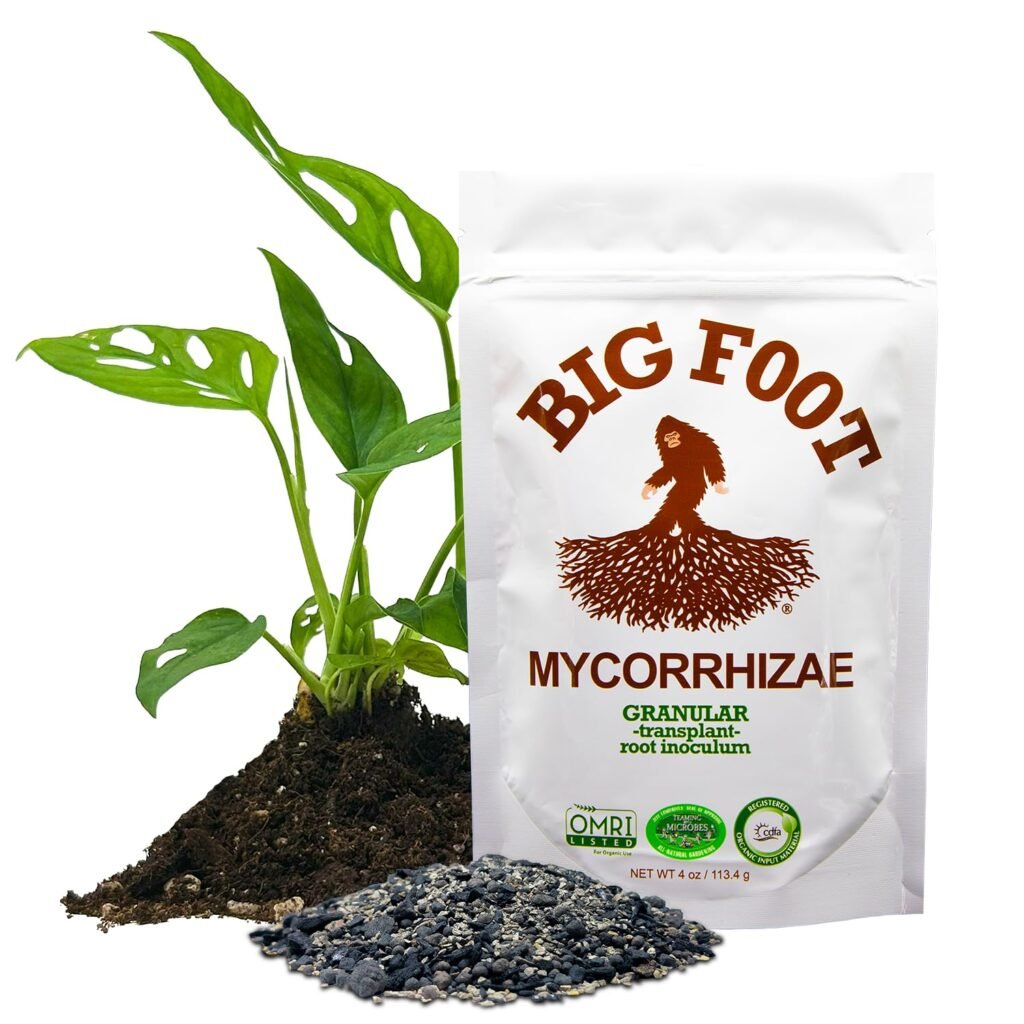
Prevention from Root Rot:
- Ensure proper drainage by using well-draining soil and containers with drainage holes.
- Avoid overwatering and allow soil to dry out between waterings.
- Rotate crops and avoid planting beans in areas previously affected by root rot.
5. Bean Mosaic Virus
Symptoms of Bean Mosaic Virus:
- Mottled, mosaic-like patterns on leaves.
- Stunted growth and distorted leaves.
- Reduced pod formation and yield.
Cause of Bean Mosaic Virus:
- Caused by several viruses, including the Bean common mosaic virus (BCMV) and Bean yellow mosaic virus (BYMV).
- Spread by aphids and infected seeds.
Cure for Bean Mosaic Virus:
- Natural/Organic: Remove and destroy infected plants to prevent spread. Control aphid populations using insecticidal soap or neem oil.
- Chemical: No direct chemical treatment for viruses, but managing aphids with insecticides can help prevent spread.
Prevention from Bean Mosaic Virus:
- Use virus-free seeds and plant resistant varieties.
- Control aphid populations with natural predators like ladybugs or insecticidal soaps.
- Implement crop rotation and avoid planting beans near infected plants.
Conclusion
Understanding the symptoms, causes, cures, and prevention methods for common diseases affecting long beans is essential for maintaining a healthy and productive garden. By following these guidelines and monitoring your plants regularly, you can minimize the impact of these diseases and enjoy a bountiful harvest of long beans.

